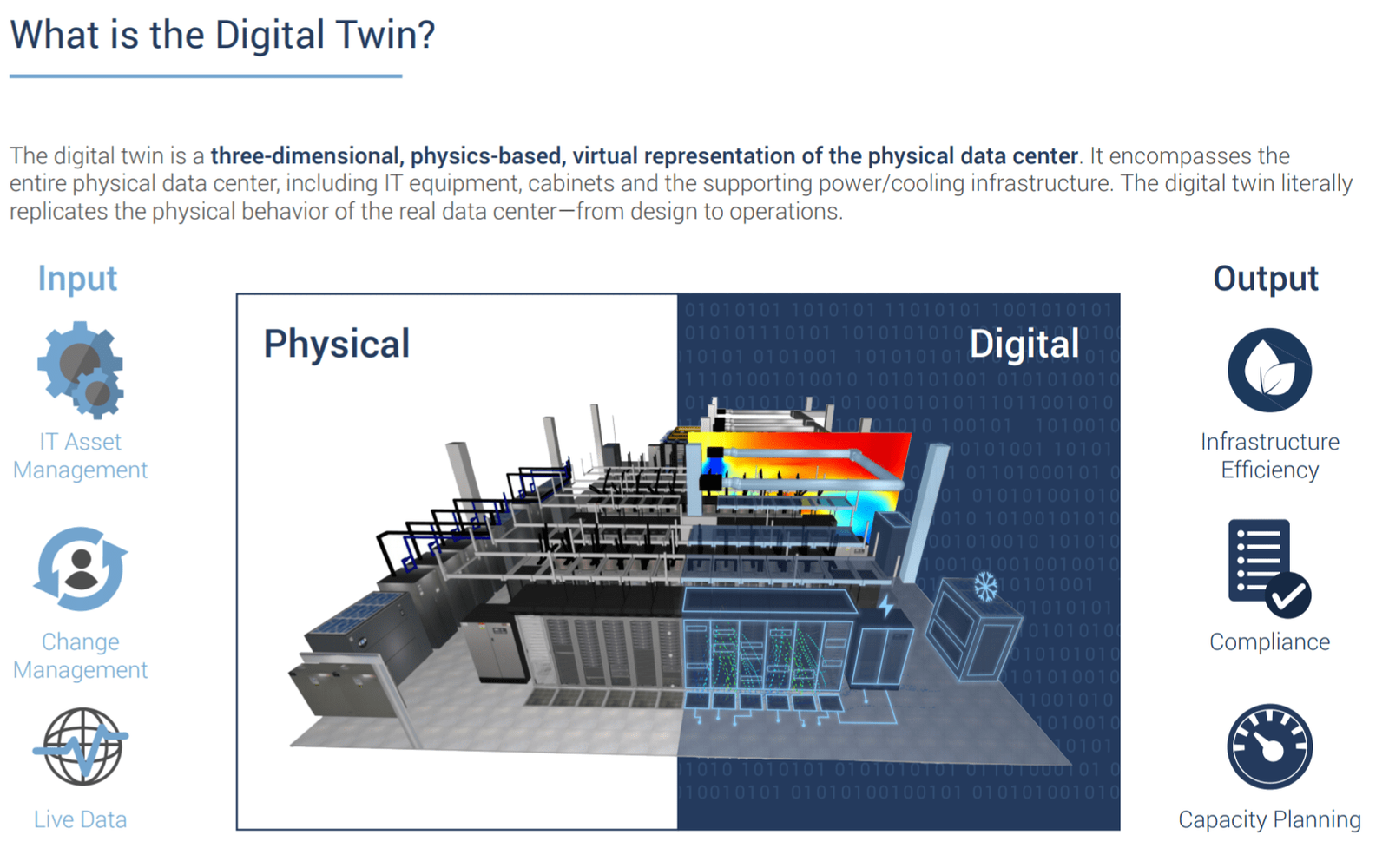
Table of Contents
A major breakthrough in silicon-based electric vehicle (EV) batteries has been achieved, overcoming long-standing limitations of silicon to deliver a battery capable of 500 charging cycles while retaining 80% of its capacity. The new design also offers a 50% increase in energy density compared to traditional lithium-ion batteries, promising longer ranges and improved efficiency for EVs.
The Longstanding Challenge of Silicon Anodes
Silicon has long been viewed as a superior alternative to graphite anodes due to its ability to store significantly more lithium ions. However, its widespread adoption has been hindered by a major drawback—silicon expands dramatically during charging, causing electrode cracking, loss of electrical contact, and rapid capacity degradation. Additionally, unstable solid-electrolyte interphase (SEI) formation has led to increased energy loss over repeated cycles.
Unique Porous Silicon Architecture
LeydenJar’s engineers have successfully tackled the challenges of silicon expansion by creating a 100% silicon anode featuring a unique porous architecture. This innovative design accommodates the significant volume changes silicon undergoes during charging and discharging cycles, preventing structural damage and ensuring long-term stability.
LeydenJar’s silicon anodes have demonstrated exceptional durability, enduring 500 charge-discharge cycles without requiring external pressure. The technology has also met critical performance benchmarks, achieving “500 cycles with 80% capacity retention and 700 cycles with 70% capacity retention.”
The use of porous silicon also enables the battery to achieve a 50% higher energy density, meaning EVs equipped with this technology could travel significantly farther on a single charge. This addresses one of the key concerns for EV adoption—range anxiety—while also reducing the need for frequent battery replacements.
These impressive results stem from years of meticulous research and innovation, focusing on optimizing the structure and morphology of the silicon anode. By refining the porous architecture, LeydenJar has unlocked the potential for silicon to deliver higher energy density and longer-lasting performance, marking a significant step forward in battery technology.
This breakthrough represents a major step forward in making silicon-based batteries commercially viable. By leveraging the unique properties of porous silicon, researchers have unlocked a path to more efficient, durable, and high-performance energy storage solutions. If successfully scaled and commercialized, this technology could play a pivotal role in accelerating the global transition to electric mobility.
This breakthrough could pave the way for next-generation EVs with lighter, more efficient power sources, accelerating the transition to sustainable transportation.








